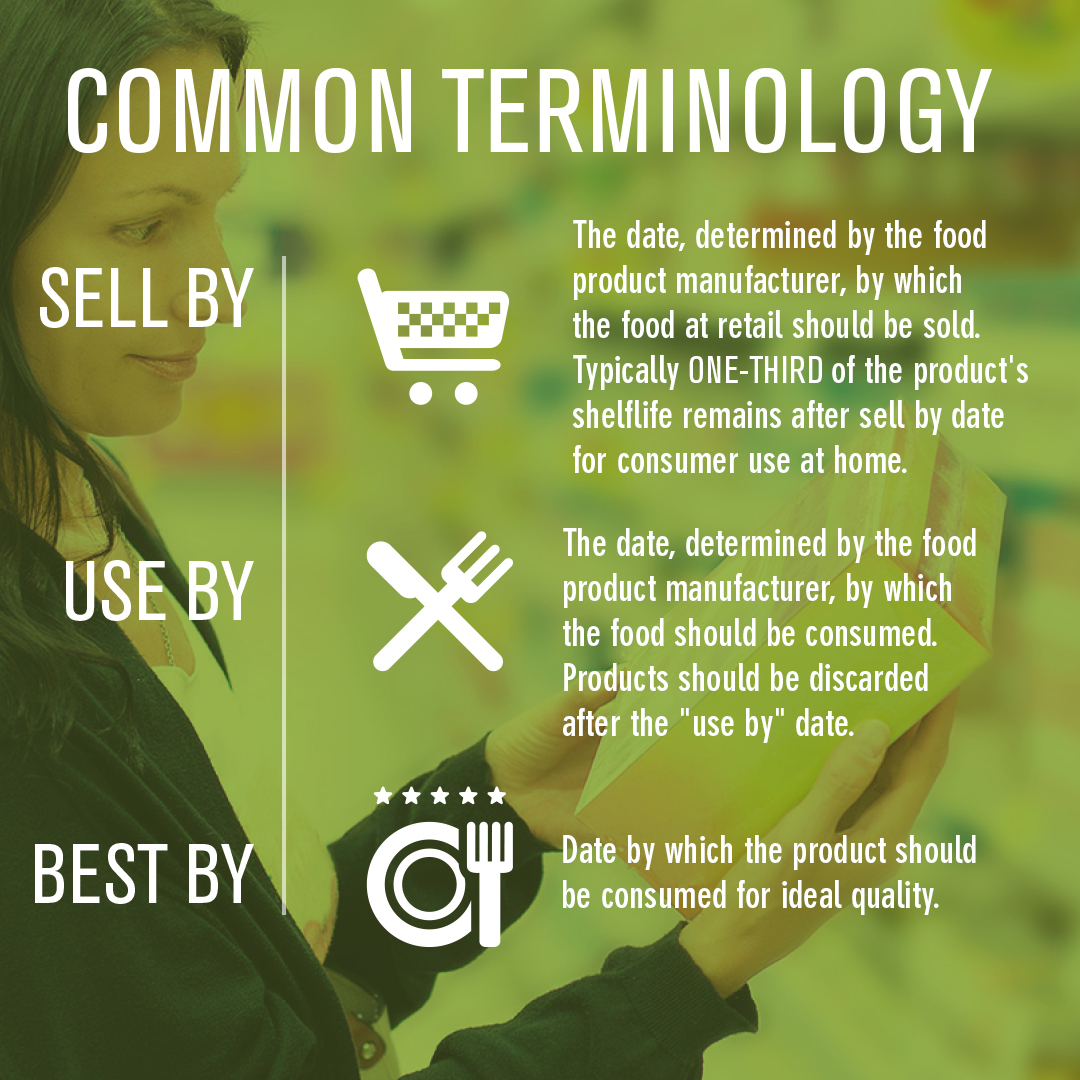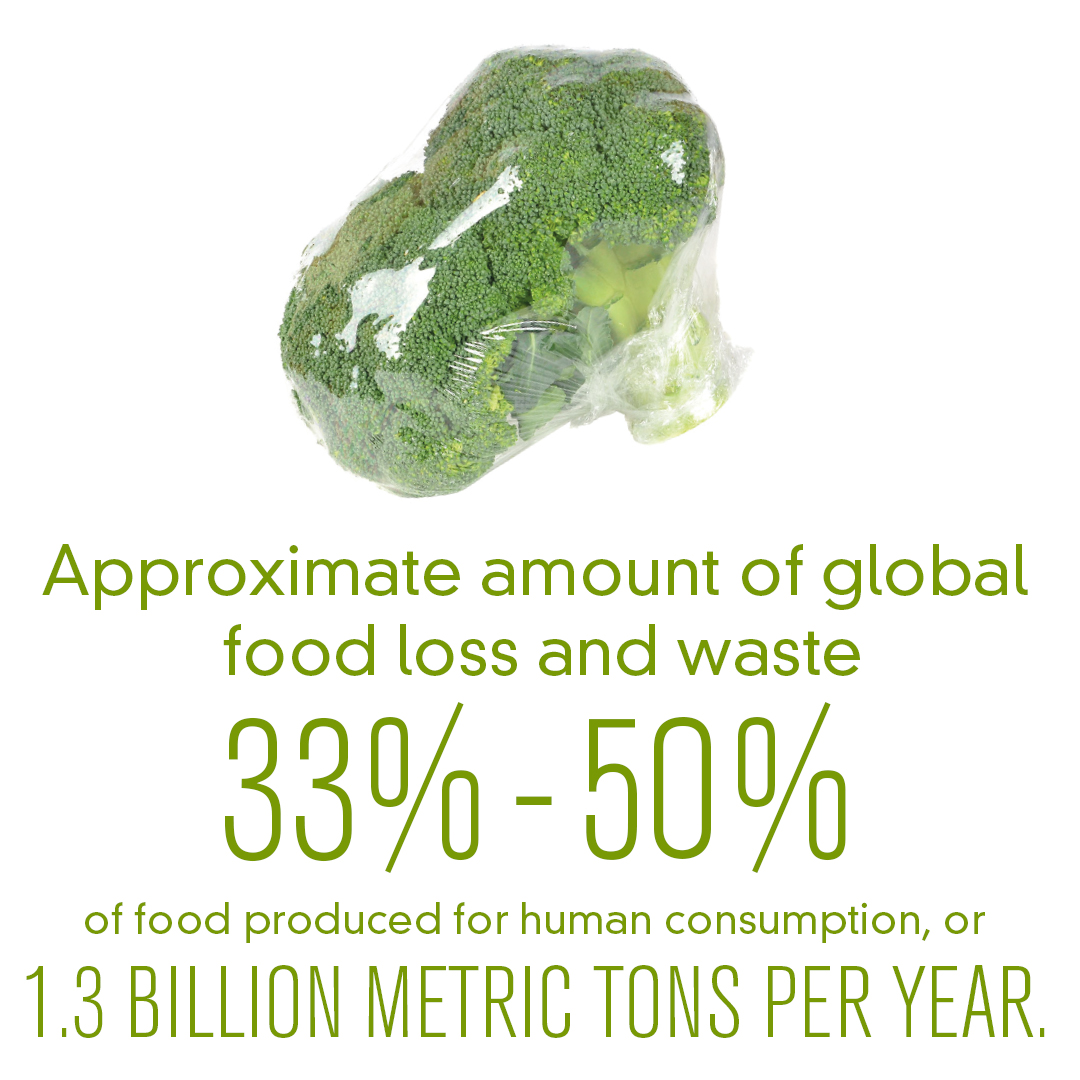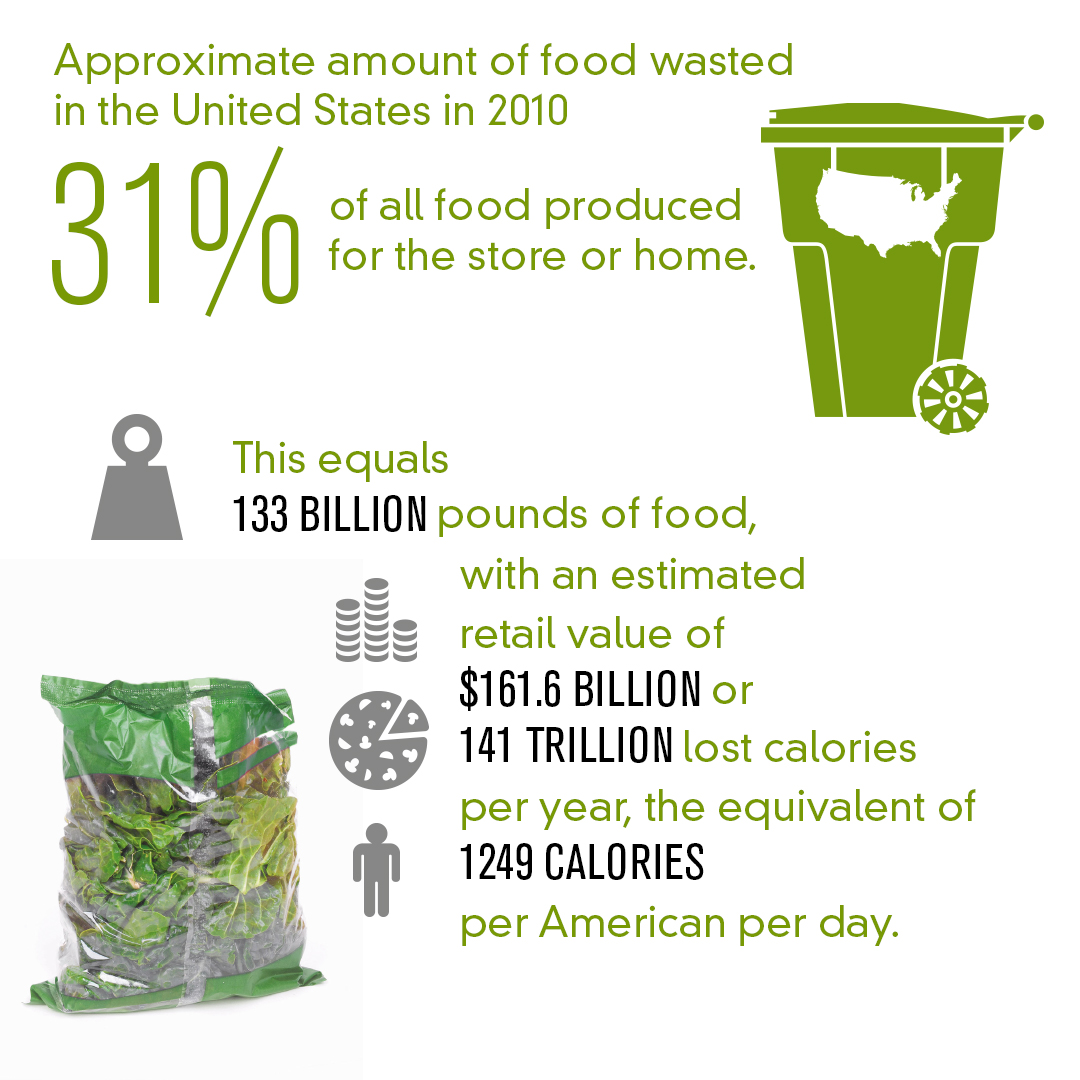Date Labeling
A variety of date labeling (sometimes referred to as date marking or “code dating”) is used on packaged foods and beverages. In the United States, except for a few situations (e.g., requirements for infant formula to assure nutrient content and consumption quality), date labeling is not subject to federal regulations. And, date labeling varies considerably among states and jurisdictions in the United States.
Because date labeling terminology and use varies so extensively in the United States and other countries, there is considerable misunderstanding about what it means with regard to quality or safety of the food or beverage product. This misunderstanding leads to food waste—a substantial global issue—when products are unnecessarily discarded because they are thought to be unsuitable for consumption (Newsome and others 2014). IFT convened a working group to address this issue, which led to the publication of the article “Applications and Perceptions of Date Labeling of Food” in Comprehensive Reviews in Food Science and Food Safety.
As this issue has become more visible in recent years, IFT has engaged in addressing it in a number of ways. Listed below are resources that may be useful in outreach or communication on this issue.
Toolkit Resources
The items in this toolkit have been assembled to provide you fact-based, scientific resources on this issue for your personal education and when communicating with different audiences. The American Association for the Advancement of Science offers a Communication Toolkit (Communicating to engage) that provides guidance and tips for being effective in communicating through different channels. You may want to review the AAAS toolkit as you consider using this IFT issue-specific resource in communicating about this issue with your respective networks.
References
Communicating to Engage [Internet]. Washington, DC: American Association for the Advancement of Science. © 2018 [Accessed 2018 Feb 21].
Newsome R, Balestrini CG, Baum MD, Corby J, Fisher W, Goodburn K, Labuza TP, Prince G, Thesmar HS, Yiannas F. 2014. Applications and perceptions of date labeling of food. Compr Rev Food Sci Food Saf 13: 745-69.
The information provided below has been developed to assist you in conveying factual information when communicating about date labeling. The facts focus on the issue itself. Additional points are provided to address how IFT has been involved in the issue. Others are updates on relatively recent developments relating to the issue. IFT’s vision and mission are also noted.
Important Date Labeling Facts
- Misunderstanding of the meaning of different dates labels (also referred to as date marking or “code dating”) on packaged food contributes to food waste, which is a substantial, global issue, particularly given the extent of hunger and malnutrition, and the desire for a sustainable food supply to meet the needs of our increasing population.
- Estimates of the amount of food lost or wasted per year on a global scale are in the range of a third of the food supply, which has an estimated annual value of more than $200 billion in the United States and 1 trillion dollars globally.
- The regulatory frameworks for date labeling of foods vary around the world; and within these, date labeling may be based on nutrition, quality, safety, or a combination of these purposes.
- Because date labeling terminology and uses vary, their meaning is often misunderstood. This misinterpretation leads to not only food waste, but also unnecessary financial burden for consumers, needless use of limited resources at the retail level (e.g., regulatory inspection focused on food quality-related dates rather than public health-related dates), and potential for food safety risk associated with perishable foods.
- This issue continues to be a visible one. In the United States, a bipartisan bill — “The Food Donation Act of 2017”—was put forward; the bill would extend liability protection in donating wholesome food to those in need and address labeling on food for donation that is not related to safety. Also, Rep. Pingree plans to reintroduce the “Food Date Labeling Act,” which sought consistency and clarity in food date labeling for safety vs. quality.
- The U.S. Department of Agriculture (USDA) announced (in December 2016) that it revised its guidance on date labeling, recommending that food manufacturers and retailers use one phrase — “Best if Used By”—for date labeling. The USDA also made other changes, to facilitate food donation to food banks.
- In early 2017, the Grocery Manufacturers Association announced that grocery manufacturers and retailers were joining together to encourage adoption of standard wording about quality and safety on packaging, represented with the phrases “Best if Used By” and “Use By,” respectively. “Best if Used By” is intended to refer to expected product quality attributes (e.g., taste or performance) rather than safety; and “Use By” is intended to indicate for highly perishable products which may have a food safety concern over time when the food should be discarded.
- At the international level, in mid-2018 the Codex Alimentarius Commission revised its General Standard for the Labelling of Prepackaged Foods in regards to Date Marking, eliminating the prior definition of “Sell-by” date and including definition of two separate date marks – “Best-before date”/” Best-quality-before date” (beyond which the food may be acceptable for consumption) and “Use-by date”/ “Expiration date” (after which the product should not be sold or consumed due to safety and quality reasons).
Thus, there is momentum toward the following date label meanings:
- “Best if used by” is for quality. Contents may still be okay to eat after the date.
- “Use by” may refer to quality or safety. Products with these dates should be consumed or frozen by this date or discarded afterwards.
- If used, “sell-by” dates are for the attention of those working at the retail level, not consumers.
Other Potentially Useful Facts
IFT collaborated with a group of experts in academia, the food industry, the regulatory community, food banking, and consulting to put forward science-based information on this topic to support science and risk-based decision making. This effort led to IFT publishing in 2014 the article—Applications and perceptions of date labeling of food—in its peer-reviewed journal Comprehensive Reviews in Food Science & Food Safety.
These experts called for the food industry to collaborate to:
- find a simple, workable solution to the challenges that date labeling causes for stakeholders (food manufacturers, retailers, government officials, consumers, and others), and
- develop a more consistent best practices date-marking system that considers storage instructions on packages.
They also emphasized that:
- consumer education on date labeling and how it relates to food quality and safety is needed
- regulatory agencies should revisit the emphasis they place on the issue of food date labeling at retail, and where appropriate, shift excessive resources that are used for food quality date labeling to more significant health and safety risks
- federal and state approaches to date labeling should be coordinated, and allow for collaborative industry-led development of a solution to achieve uniformity, and
- indicator technologies (such as time and temperature monitoring devices) for use on packaging should continue to be pursued, and other improvements along the supply chain that monitor temperature and storage information should be implemented to allow better tracking of true shelf life, especially for fresh produce.
IFT is actively involved in Codex and contributed to discussion of the revision of General Standard for the Labelling of Prepackaged Foods: Date Marking.
IFT Vision: A world where science and innovation are universally accepted as essential to a safe, nutritious and sustainable food supply for everyone.
IFT Mission: To advance the science of food and its application across the global food system.
Bibliography
CAC. 2017. Report of the forty-fourth session of the Codex Committee on Food Labelling. Oct. 16 – 20, Asuncion, Paraguay. Joint FAO/WHO Food Standards Programme, Codex Alimentarius Commission. Rome.
Congresswoman Chellie Pingree. Reducing Food Waste. https://pingree.house.gov/foodwaste.
GMA. 2017. Grocery industry launches new initiative to reduce consumer confusion on product date labels. Feb. 15. “Retailers and manufacturers align on standard wording to help consumers cut food waste.” News & Events. Grocery Manufacturers Association.
GMA. 2018. ReFED partners with food waste reduction alliance, launches retail food waste action guide. Jan. 23. “ReFED analysis reveals food waste represents $18.2 billion profit opportunity for grocery retailers.” Grocery Manufacturers Association.
Newsome R, Balestrini CG, Baum MD, Corby J, Fisher W, Goodburn K, Labuza TP, Prince G, Thesmar HS, Yiannas F. 2014. Applications and perceptions of date labeling of food. Compr Rev Food Sci Food Saf 13: 745-69.
USDA. 2016. USDA revises guidance on date labeling to reduce food waste. “Encourages industry to use “Best if Used By” on product labels. U.S. Department of Agriculture.
Below are links to helpful, shareable infographics. IFT encourages you to share this graphics through your social networks to help inform others about the date labeling changes. Note: this graphic is provided through IFT's Food Technology magazine. Members have unlimited access to Food Technology. Non-members have limited access which may require a login to view the graphic depending on the number of free monthly views have been used.
Confusion About Food Date Labeling as a Substantial Contributor to Food Waste
Bob Brackett, Ph.D., CFS, Director of the Institute for Food Safety and Health at the Illinois Institute of Technology and IFT member explains the difference between “use-by,” “sell-by,” and “best-by” dates.
Link to share this video: https://bcove.video/2MonpHU
Food Waste
Video presentation highlighting the impact of food waste.
Share this video: https://bcove.video/2MVE46Q
The items below are provided for you to share this important topic via your social media sites with the ultimate goal of educating others to help reduce the amount of unnecessarily wasted food.
Right click on the following images to save for use on your social channels.
- We've all seen the terms "sell by", "best buy" and "use by" on food, but what do they really mean? #sustainability (Insert link)
- “Best if used by” is for quality. Contents may still be okay to eat after the date. Read more at: (Insert link)
- Reduce food waste through better understanding of dates on food packages. “Use by” may refer to quality or safety. Products with these dates should be consumed or frozen by this date or discarded afterwards. Read more at: (insert link)
- Reduce #foodwaste through better understanding of dates on food packages. Read more at: (insert link)
- Food waste is severely detrimental: it impedes food security, discards food with nutritional value and negatively effects the environment. Learn more to reduce food waste: (insert link)
- Food waste is a global issue. Learn how: http://www.ift.org/food-technology/past-issues/2016/july/columns/food-snapshot-food-waste-and-economic-loss.aspx?token=52fb36a9-dd3e-4c5c-ad5b-d3df3e20eab2
- In the United States, except for a few products (e.g., infant formula to assure nutrient content and consumption quality), date labeling is not subject to federal regulation. And, date labeling varies considerably among states and jurisdictions in the United States, and among other countries. Understanding the purpose and meaning of these types of date labels could help reduce food waste. Learn more: (insert link)
- Misinformation around date labeling contributes to substantial #foodwaste each year. Learn the differences in date labeling (insert link)
- Date labeling plays a significant role in #foodwaste, which amounts to more than 130 billion pounds each year. Understand the meaning of date labels and reduce the unnecessary waste of food: (insert link)
- Because date labeling terminology and use varies extensively, there is considerable misunderstanding about what it means in regard to the quality or safety of the food or beverage product. This misunderstanding leads to food waste, a substantial global issue, because products are unnecessarily discarded as they are thought to be unsuitable for consumption. Learn more about the importance of date labeling: (insert link)
The following pre-drafted posts can be shared on your personal social channels to inform your network and encourage them to check out IFT for additional information. We recommend using the following hashtags in posts on social media channels such as Twitter and LinkedIn: #foodwaste and #sustainability
Twitter and Instagram
- Reduce #foodwaste through better understanding of dates on food packages. Read more at: (insert link)
- Date labeling plays a significant role in #foodwaste, which amounts to more than 130 billion pounds each year. Understand the meaning of date labels and reduce the unnecessary waste of food: (insert link)
- We've all seen the terms "sell by", "best buy" and "use by" on food, but what do they really mean? #sustainability (Insert link)
- Misinformation around date labeling contributes to substantial #foodwaste each year. Learn the differences in date labeling (insert link)
- “Best if used by” is for quality. Contents may still be okay to eat after the date. Read more at: (Insert link)
- Food waste is a global issue. Learn how: http://www.ift.org/food-technology/past-issues/2016/july/columns/food-snapshot-food-waste-and-economic-loss.aspx?token=52fb36a9-dd3e-4c5c-ad5b-d3df3e20eab2
- Food waste depletes natural resources including water and crop land. The following #infographic illustrates: http://www.ift.org/food-technology/past-issues/2016/july/columns/food-snapshot-food-waste-and-economic-loss.aspx?token=52fb36a9-dd3e-4c5c-ad5b-d3df3e20eab2
Facebook and LinkedIn
- Reduce food waste through better understanding of dates on food packages. “Use by” may refer to quality or safety. Products with these dates should be consumed or frozen by this date, or discarded afterwards. Read more at: (insert link)
- Food waste is severely detrimental: it impedes food security, discards food with nutritional value and negatively effects the environment. Learn more to reduce food waste: (insert link)
- Because date labeling terminology and use varies extensively, there is considerable misunderstanding about what it means in regard to the quality or safety of the food or beverage product. This misunderstanding leads to food waste, a substantial global issue, because products are unnecessarily discarded as they are thought to be unsuitable for consumption. Learn more about the importance of date labeling: (insert link)
- In the United States, except for a few products (e.g., infant formula to assure nutrient content and consumption quality), date labeling is not subject to federal regulation. And, date labeling varies considerably among states and jurisdictions in the United States, and among other countries. Understanding the purpose and meaning of these types of date labels could help reduce food waste. Learn more: (insert link)
Below are links to helpful resources developed by IFT’s publications and content teams. Please share these through your social and personal networks to help provide greater insights and understanding about this topic.
Applications and Perceptions of Date Labeling of Food - Comprehensive Reviews in Food Science and Food Safety
Measuring and Reducing Food Loss and Waste - Food Technology Magazine*
Food Dating and Food Waste – Food Technology Magazine*
*Note: IFT Members receive unlimited access to Food Technology magazine. Non-members are able to access online Food Technology content on a limited monthly basis. Interested in unlimited access? Become an IFT member today!












